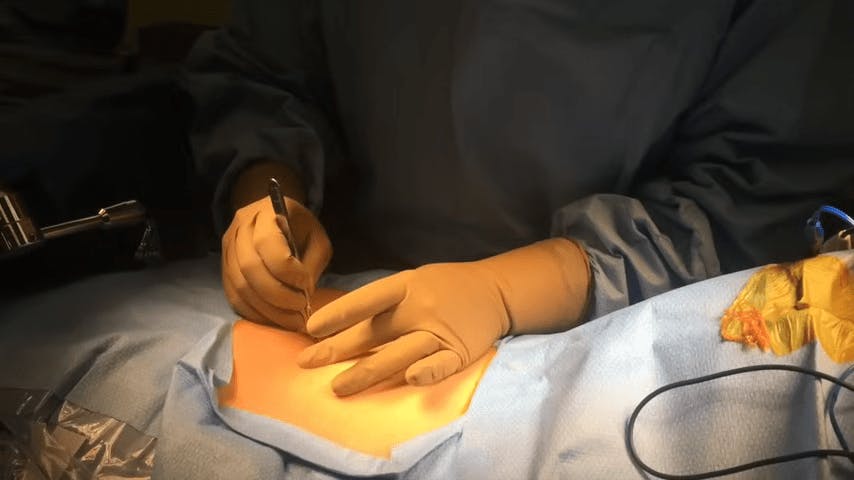About Micro Endoscopic Discectomy and Decompression
In NYC, microdiscectomy or microdecompression is generally performed by Dr. Stieber under general anesthesia. After cleansing and preparing the back for surgery, the surgical site is localized and guided using a very small incision made in the skin, approximately the width of a dime. Microsurgical instruments are guided by special intraoperative surgical imaging called fluoroscopy. Following an exact sequence, dilation is performed with special narrow tubes until the spine can be visualized through the microsurgical retractor using the robotic operative microscope. A small bone window is made to allow access to the pinched nerves that are located within the spinal canal. The nerves are carefully moved to the side and shielded using specialized instruments. The disc fragment or piece of the herniated (ruptured) disc is then removed and, once completed, the nerves are examined and gently probed to make sure they are free of any further problems or compression. The wound is then cleansed with an antibiotic solution before removing the retractor. Upon completion of the procedure, the wound is closed with absorbable stitches and covered with a bandage the size of a large Band-Aid.





